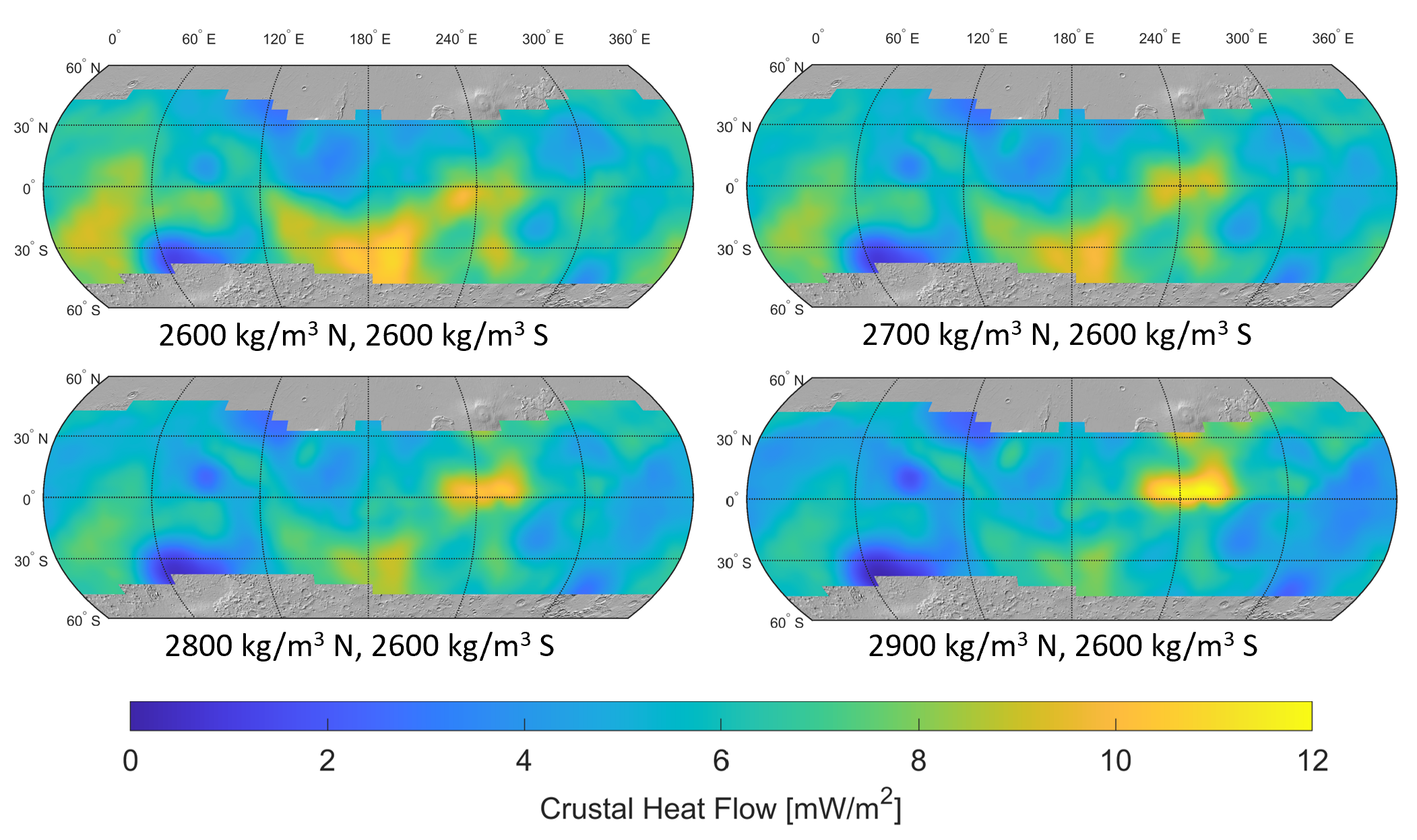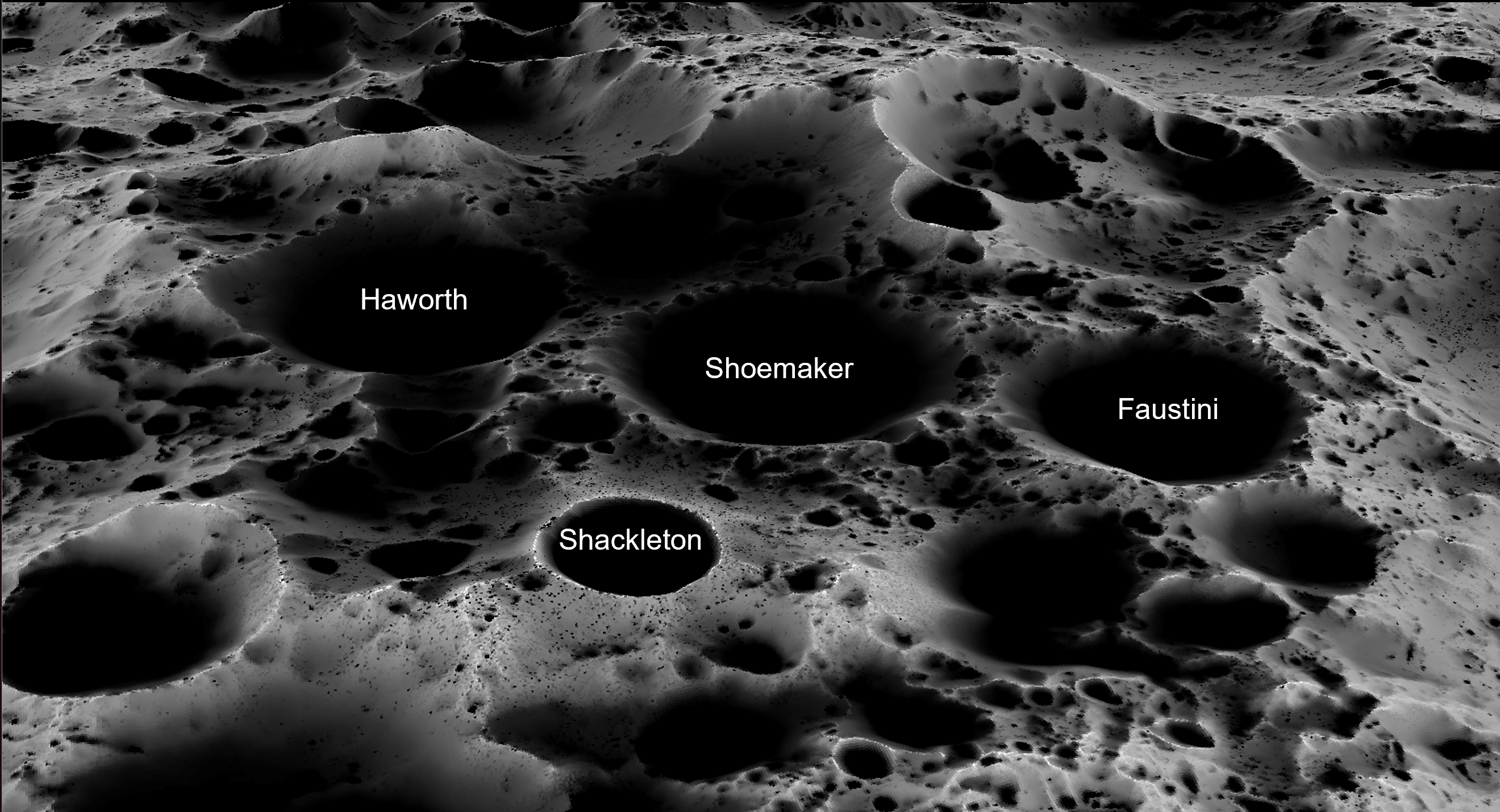



In the summer of 2021, I worked with other early-career scientists at the LPI/CSLE Exploration Science Summer Internship to design and develop a lunar impact model that generates stratigraphic ice and ejecta columns in the lunar south pole in Python. We presented model results to a panel of scientists and focused on the utility for future landed and crewed missions such as Artemis and VIPER, especially with respect to volatile resource utilization. The paper from this research can be found on the "Publications" tab. After this internship, I participated in an EVA exercise at Meteor Crater, AZ where the participants and I designed and developed an astronaut traverse based on limited data of the field site, communicated with an ‘astronaut’ in the field through a SciCom with the goal of maximizing the scientific return of an EVA, and participated in a debriefing to discuss what could have been done differently.
In the summer of 2022, I was able to participate in a workshop called CIDER (Cooperative Institute for Dynamic Earth Research), where a special session on Earth's evolution as an inhabited world was held. This was the first truly cross-disciplinary CIDER workshop, which included lecturers from atmospheric science, astrobiology, geology, geophysics, and exoplanet science. Student attendees were allowed to pitch projects, and I chose to study subsurface habitable zones on rocky exoplanets, given an internal heat source and appropriate pore space allowing the opportunity for life to evolve. I worked with many other students and we developed a mock exoplanet that utilized a currently existing thermal evolution model and different radiogenic budgets and we looked into the biomass potential of sulfate-reducing chemosynthetic organisms. Ever since this project, I have been very interested in studying habitable zones and how our scientific approach of starting a search from first principles needs to be expanded upon if we don't want to miss critical information.


I've been interested in mission science and data processing/development since I began my research career as an undergraduate in 2018, and I've been fortunate enough to work with data from multiple amazing missions, such as MSL Curiosity's Mastcam data, MRO CRISM's spectral images, Mars Odyssey's GRS chemical data, and various others. I was able to work in depth with CRISM orbital spectral data to create and refine a data processing step to remove undesirable noise structure from spectral image cubes, and removed unnecessary data from image mosaics for linear and nonlinear optimization. I was also able to assist with the Mars 2020 team CRISM/CTX mapping effort in ENVI. The data I helped fix amounted to over 18 TB, with near-global high resolution coverage of Mars (an example mosaic of this data is shown to the left). After my work at APL, these data have since been released and are being used scientifically.
My goal is to one day work in mission development and operations, but I'm also interested in the instruments themselves (especially spectrometers) and what makes them work. I'd love to become involved in a project where I could be more hands-on with the instrumentation or operations side of NASA missions.